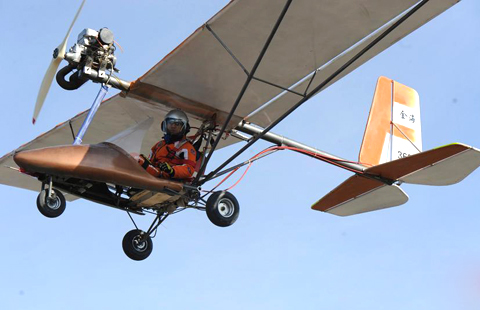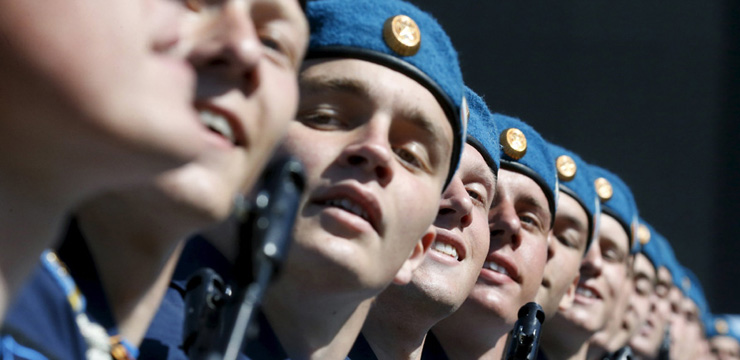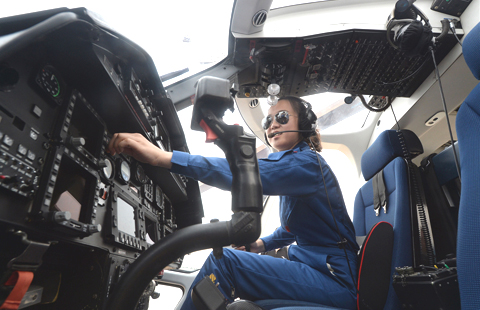
With air traffic in China growing fast, the airspace is getting crowded and flights are facing many delays. It is a recurring inconvenience for passengers, airlines and the aviation authorities.
"My flights also get delayed sometimes," Li Jiaxiang, head of the Civil Aviation Administration of China, said during this year's two sessions.
Figures from the Civil Aviation Resource Net, the largest domestic civil aviation portal, show that the average flight punctuality on the Chinese mainland last year was 65.4 percent. The number fell to 60 percent or less in July and August, which are peak travel times.
China is expected to become the world's largest air traffic market by 2030 and about one in five passengers will be traveling to, from or within China in 2034, according to the International Air Transport Association.
To support growth, more airports and flight slots will be added. For example, one more airport in Beijing should help ease delays.
Various other methods of making air travel easier are under discussion within the industry.
IATA Chief Executive Officer Tony Tyler noted several priority areas for improvement, including opening domestic routes to international carriers and simplifying procedures for re-routing requests.
Allowing international flights to use domestic air routes will make the use of airspace more efficient, he said.
"The ideal situation would be to eliminate distinctions between international and domestic operations, or at least to have all current domestic routes open for international operations," Tyler said.
Airlines could then make optimum use of meteorological conditions such as wind, he said.
Crew requests for changes in routes while in the air usually cannot be approved, unless there is bad weather on the route, said a captain from a domestic airline. Even in bad weather, the crews still need permission from air traffic controllers to make a change, but sometimes the new route is not the most efficient one, he said.
Air traffic flow management should be introduced, which will improve predictability for flights, Tyler said.
Civilian-military cooperation also should be maximized, he said, which will allow the flexible use of airspace by civilian aircraft when it is not being used by the military. When military exercises require route closures, more advance notice and alternative routings could help airlines manage the situation more effectively, he said.
And the potential for performance-based navigation, allowing for route restructuring and more direct routes, has not yet materialized, Tyler said.
Safety cannot be ignored, since the past 13 months have been an extraordinarily difficult time for aviation safety. There were 12 fatal accidents in 2014 and two fatal accidents so far this year, but China has a better safety record than the global level.
There were no jet hull losses in China in the past three years.
Flying is safe, Tyler emphasized. In 2014, almost 38 million flights reached their destinations safely and the global jet accident rate measured in hull losses per million flights was 0.23 last year, the equivalent of one major accident for every 4.4 million flights.
It was the lowest rate in history and a 60 percent reduction compared with the five-year rate of one major accident for every 1.7 million flights, Tyler said.








